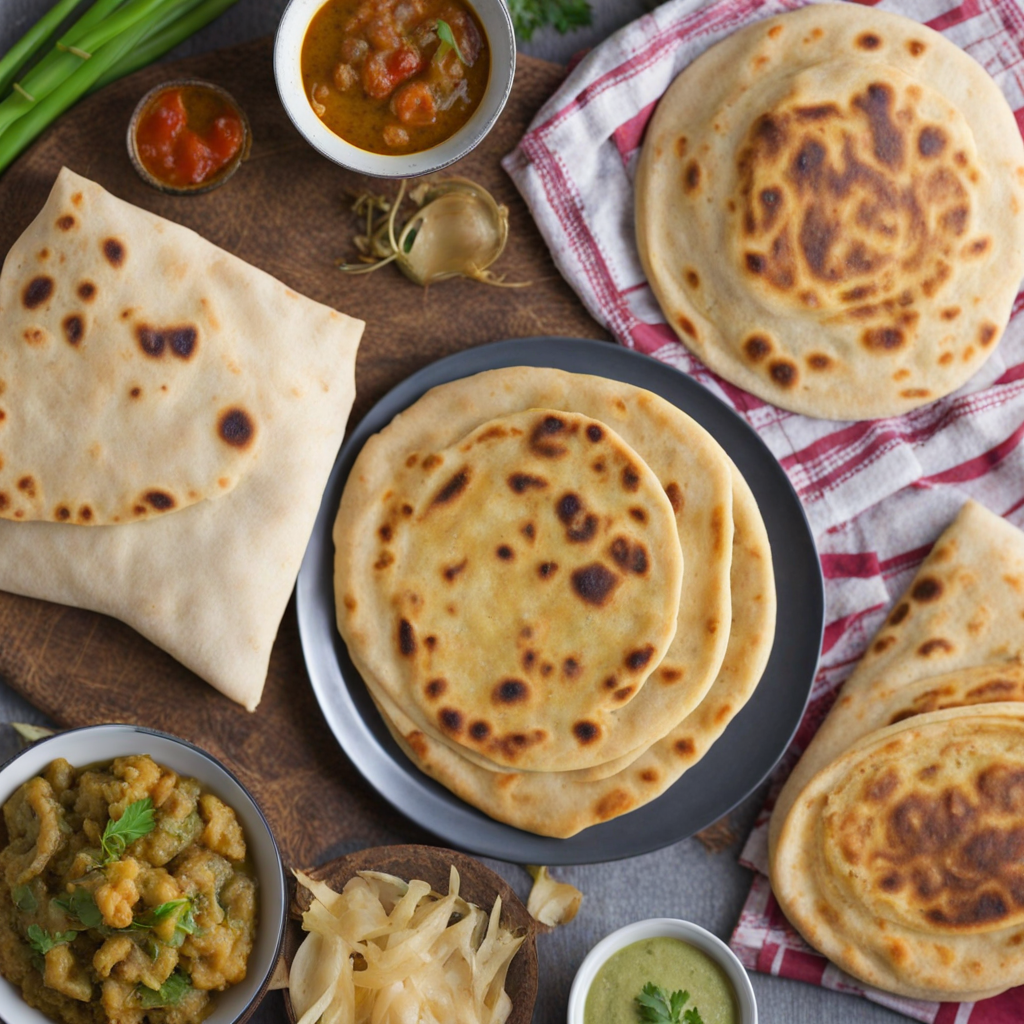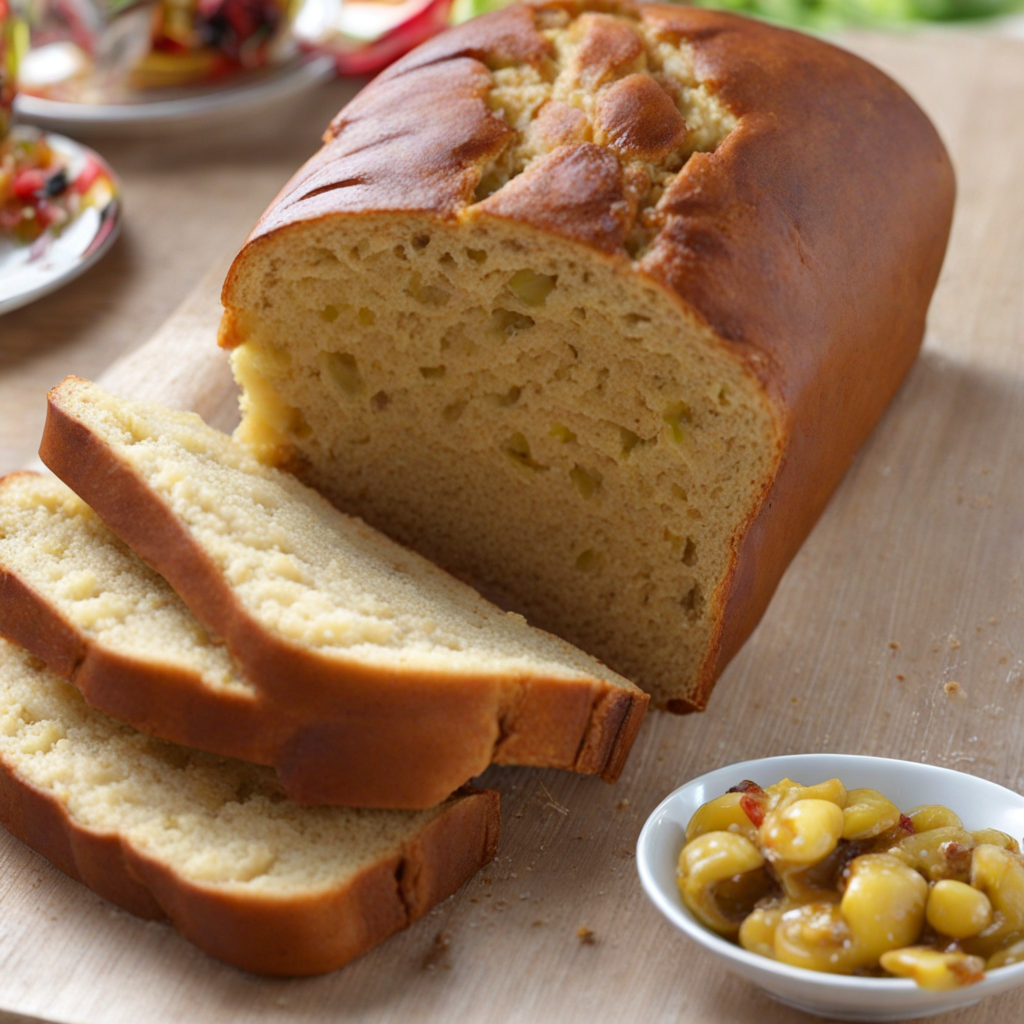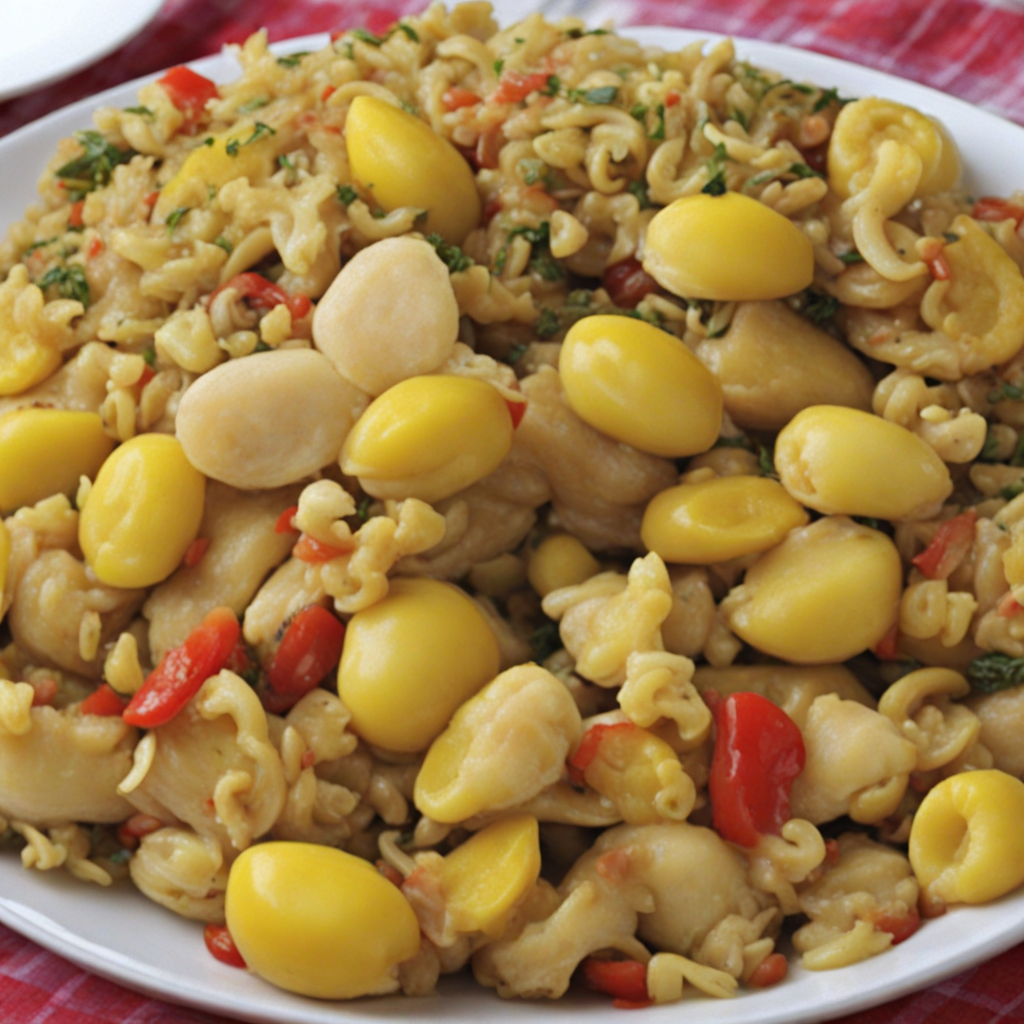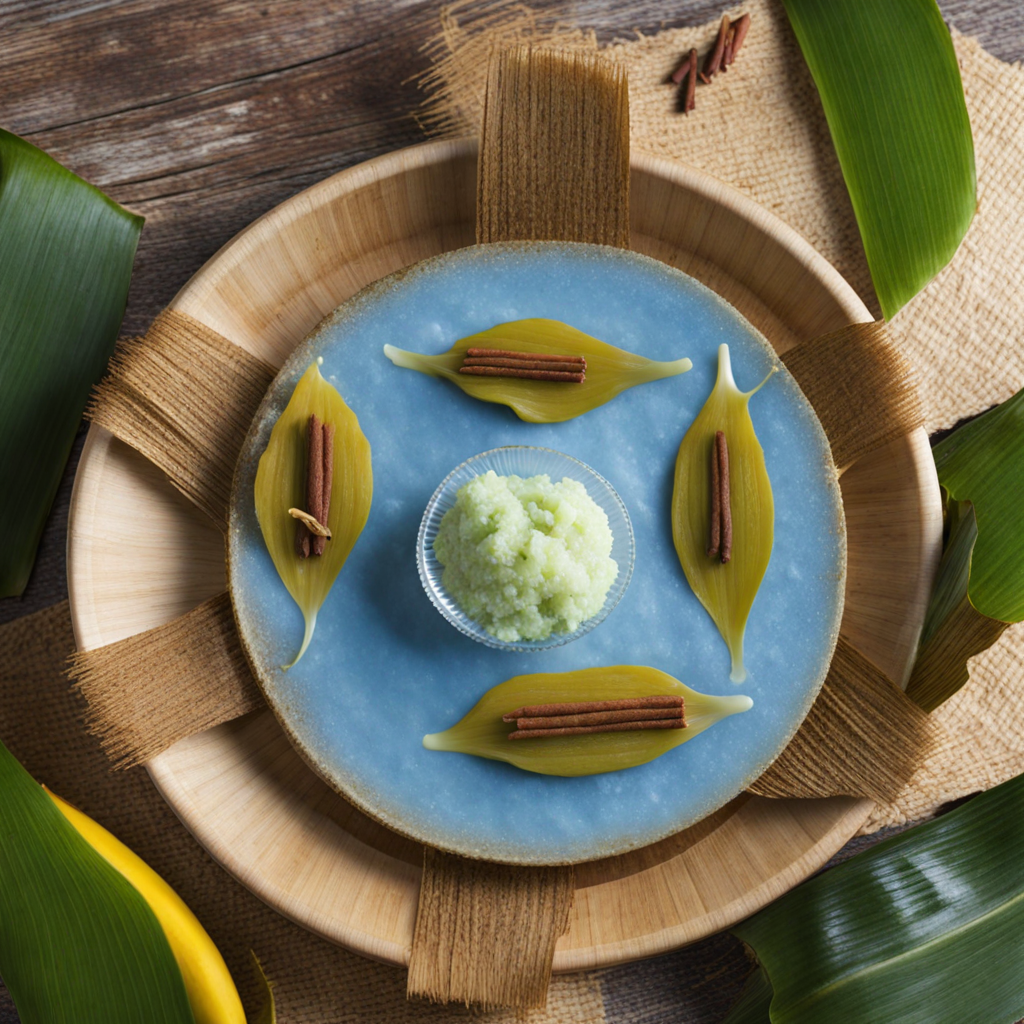Gizzada
Gizzada, a delightful Jamaican pastry, is a treasure of Caribbean cuisine that brings together a perfect balance of texture and flavor. This treat starts with a flaky, buttery crust made from simple ingredients like flour, sugar, and butter. What sets Gizzada apart is its distinctive shape, typically a flat, round tart that cradles a rich filling, inviting you to indulge in its sweet goodness. The crust is slightly crisp on the outside while remaining tender and crumbly on the inside, creating a satisfying bite that complements the luscious filling beautifully. At the heart of Gizzada lies its signature filling, which is a delectable blend of grated coconut, brown sugar, and spices such as nutmeg and cinnamon. This mixture is simmered to perfection, allowing the flavors to meld and intensify, resulting in a sweet and aromatic experience that transports you straight to the sun-kissed shores of Jamaica. The coconut not only provides a chewy texture but also a tropical essence that is synonymous with Caribbean desserts. Each mouthful is a delightful contrast between the sweet, moist filling and the crisp shell, culminating in a taste sensation that is both comforting and exotic. Gizzada is more than just a pastry; it is a cultural emblem that reflects the vibrant culinary heritage of Jamaica. Often enjoyed as a snack or dessert, it brings a sense of nostalgia to those familiar with it while offering a unique experience for newcomers. Whether paired with a cup of tea or enjoyed on its own, Gizzada is a celebration of flavors and textures that invites you to explore the rich tapestry of Jamaican cuisine. This little tart is not just food; it is a bite-sized piece of island life, bursting with warmth and sweetness.
How It Became This Dish
Origin of Gizzada Gizzada, a traditional Jamaican pastry, has roots that intertwine with the island's colonial history and the diverse cultural influences that shaped its culinary landscape. The pastry is characterized by its flaky, crispy crust and a sweet, spiced coconut filling. The origins of gizzada can be traced back to the 17th century, when the island was under British control and a melting pot of African, European, and indigenous Taino cultures. The name "gizzada" is believed to derive from the Spanish word "guisado," which means "stewed," hinting at the influence of Spanish colonizers on Jamaican cuisine. However, its exact etymology remains somewhat ambiguous, with some suggesting the term may also relate to the word "gizzard," though this connection is mainly anecdotal and not widely accepted in scholarly discussions. \n\n Cultural Significance Gizzada holds a prominent place in Jamaican food culture, often associated with celebrations, family gatherings, and festive occasions. It is a beloved treat that evokes nostalgia for many Jamaicans, reminding them of childhood memories spent in the kitchen with family members preparing these delightful pastries. This connection to family and tradition highlights the importance of food in maintaining cultural identity, particularly in a post-colonial context. Moreover, gizzada is frequently sold by street vendors and in local bakeries, making it a staple of everyday life in Jamaica. This accessibility has contributed to its popularity, allowing it to become a symbol of local gastronomy. The pastry's presence at community events, such as weddings and parties, underscores its role as a vehicle for cultural expression, bridging generations and fostering a sense of belonging. \n\n Development Over Time As Jamaica's culinary landscape evolved, so too did the recipes for gizzada. Initially, the filling was predominantly made with grated coconut, sugar, and spices such as nutmeg and cinnamon, reflecting the island's agricultural bounty. Coconut, in particular, is a key ingredient in many Jamaican dishes, and its use in gizzada showcases the resourcefulness of local cooks who utilized available ingredients to create something delicious. Over the years, variations of gizzada have emerged, allowing for regional differences in preparation and flavor. Some bakers incorporate additional ingredients like raisins or almonds into the filling, while others might adjust the sweetness or spice levels according to personal preference. This adaptability ensures that gizzada remains relevant and appealing to contemporary palates, while still honoring its traditional roots. \n\n Global Influence and Modern Adaptations With the Jamaican diaspora spreading across the globe, gizzada has found its way into the hearts and kitchens of people outside the island. In places like the United States, Canada, and the United Kingdom, Jamaican immigrants have introduced gizzada to diverse audiences, often serving it alongside other beloved Jamaican dishes like jerk chicken and ackee and saltfish. Modern adaptations of gizzada have also emerged, with some bakers experimenting with different types of crusts or fillings. For instance, gluten-free options and vegan versions are becoming increasingly popular as more people seek alternative dietary choices. These innovations reflect broader trends in the culinary world, where traditional recipes are reimagined to meet contemporary dietary needs. \n\n Gizzada in Contemporary Jamaican Cuisine Today, gizzada is celebrated not only as a delicious treat but also as an emblem of Jamaican heritage. It is commonly featured in cookbooks and culinary festivals dedicated to Jamaican cuisine, showcasing the importance of preserving traditional recipes while encouraging innovation. Additionally, gizzada is often included in food tours and culinary experiences that highlight the rich tapestry of Jamaican flavors. The pastry has also gained recognition on social media, with food bloggers and influencers sharing their favorite recipes and variations. This digital presence has played a significant role in revitalizing interest in traditional Jamaican foods, making gizzada more accessible to a global audience and inspiring a new generation of cooks to explore its history and flavors. \n\n Conclusion In summary, gizzada is a quintessential Jamaican pastry that encapsulates the island's rich cultural heritage. Its origins reflect the complex interplay of colonial influences and local traditions, while its evolving recipes demonstrate the adaptability of Jamaican cuisine. As gizzada continues to gain popularity both locally and internationally, it serves as a delicious reminder of the importance of food in connecting people to their past, present, and future. Through its sweet, spiced filling and flaky crust, gizzada remains a beloved symbol of Jamaican identity, celebrating the island's culinary legacy for generations to come.
You may like
Discover local flavors from Jamaica







